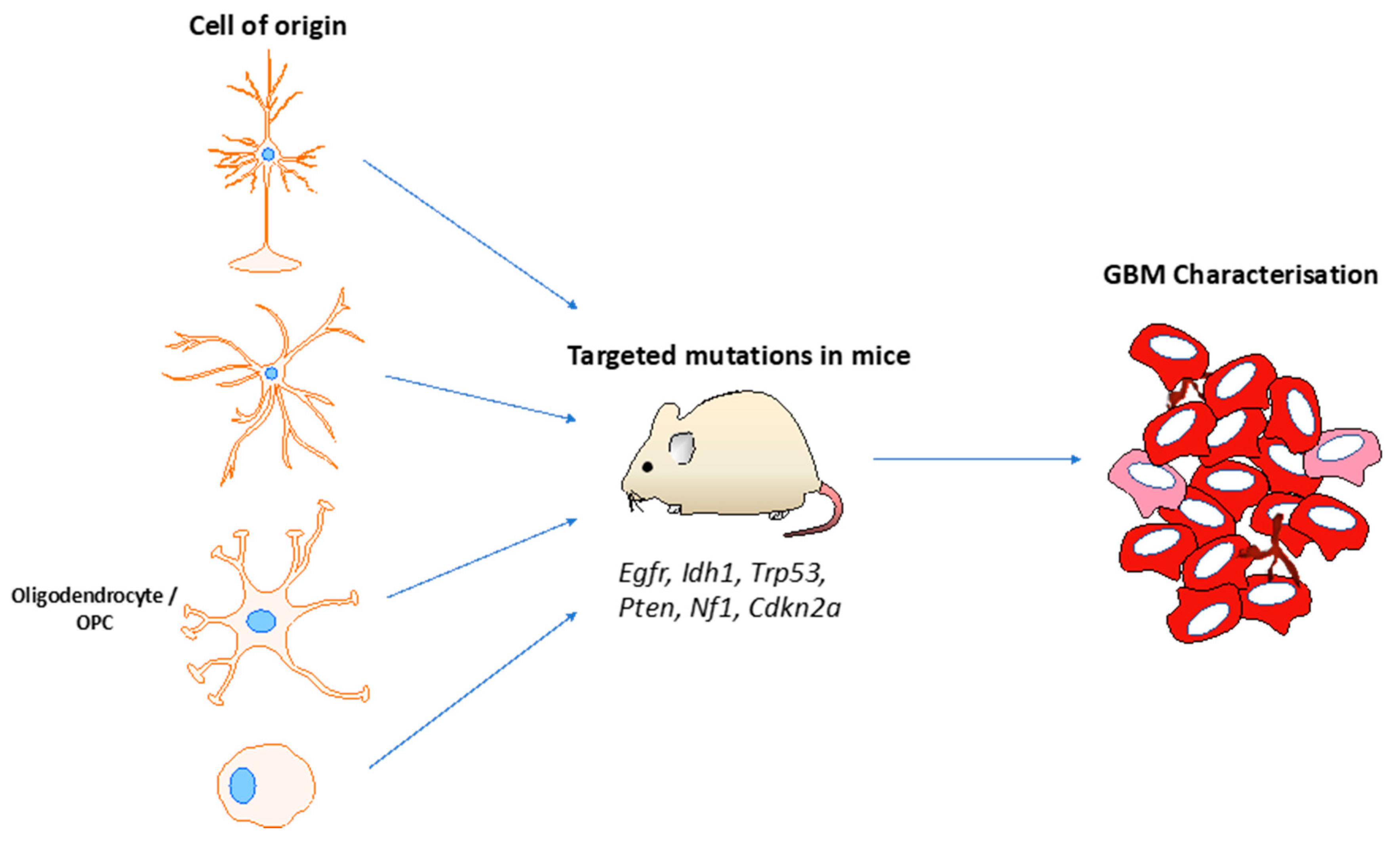If osteosarcoma has already spread to the lungs or other bones at diagnosis the long term survival rate is about 30.
Small cell osteosarcoma survival rate.
Osteosarcoma is the most common histological form of primary bone sarcoma.
This website is intended for pathologists and laboratory personnel but not for patients.
There are a lot of factors that could greatly affect the person s chance of survival such as the type of sarcoma location of the tumor age of the patient and the type of treatment received by the patient.
Small cell osteosarcoma scos is a rare subtype of osteosarcoma with limited studies mainly focusing on histological features.
Small round cell osteosarcoma is a very rare type of osteosarcoma histologically mimicking other small round cell malignancies of bone most notably ewing sarcoma.
The general 5 year survival rate for people with sclc is 6.
This series of small cell osteosarcoma spans several years and patients have been treated with several different regimens.
Compared to non small cell carcinoma small cell carcinoma has a shorter doubling time higher growth fraction and earlier development of metastases.
Bone small cell osteosarcoma.
Small cell carcinoma is a type of highly malignant cancer that most commonly arises within the lung although it can occasionally arise in other body sites such as the cervix prostate and gastrointestinal tract.
It is important to note that survival rates depend on several factors including the stage of disease.
What are the survival rates for osteosarcoma.
Percent means how many out of 100.
For people with localized sclc which.
A relative survival rate compares people with the same type and stage of cancer to people in the overall population.
For example if the 5 year relative survival rate for a specific stage of osteosarcoma is 70 it means that people who have that cancer are on average about 70 as likely as people who don t have that cancer to live for at.
The 5 year survival rate tells you what percent of people live at least 5 years after the cancer is found.
An osteosarcoma os or osteogenic sarcoma ogs or simply bone cancer is a cancerous tumor in a bone specifically it is an aggressive malignant neoplasm that arises from primitive transformed cells of mesenchymal origin and thus a sarcoma and that exhibits osteoblastic differentiation and produces malignant osteoid.
Our study aims to analyze our own patients and those reported in the literature to increase the recognition of this rare disease to evaluate patient survival and to further determine potential prognostic factors.

